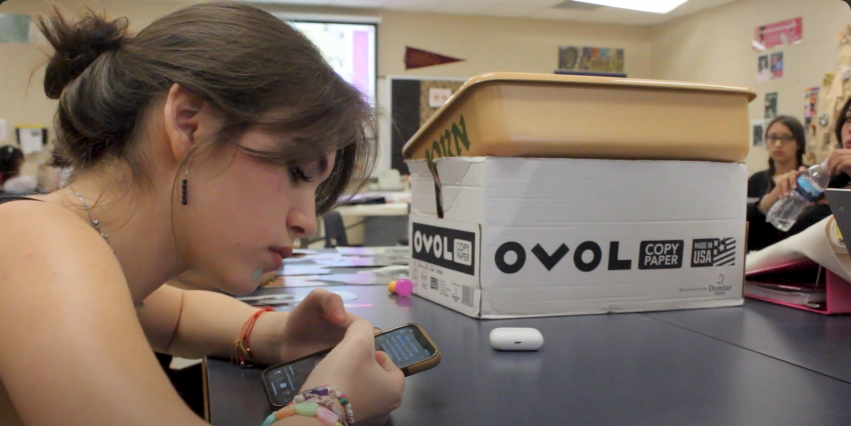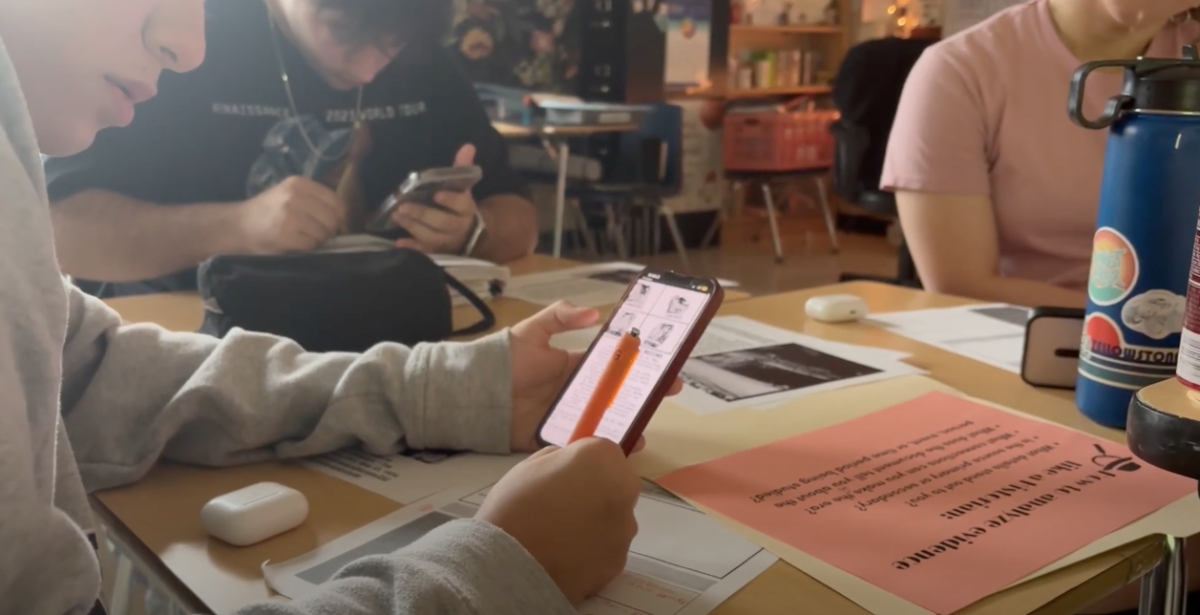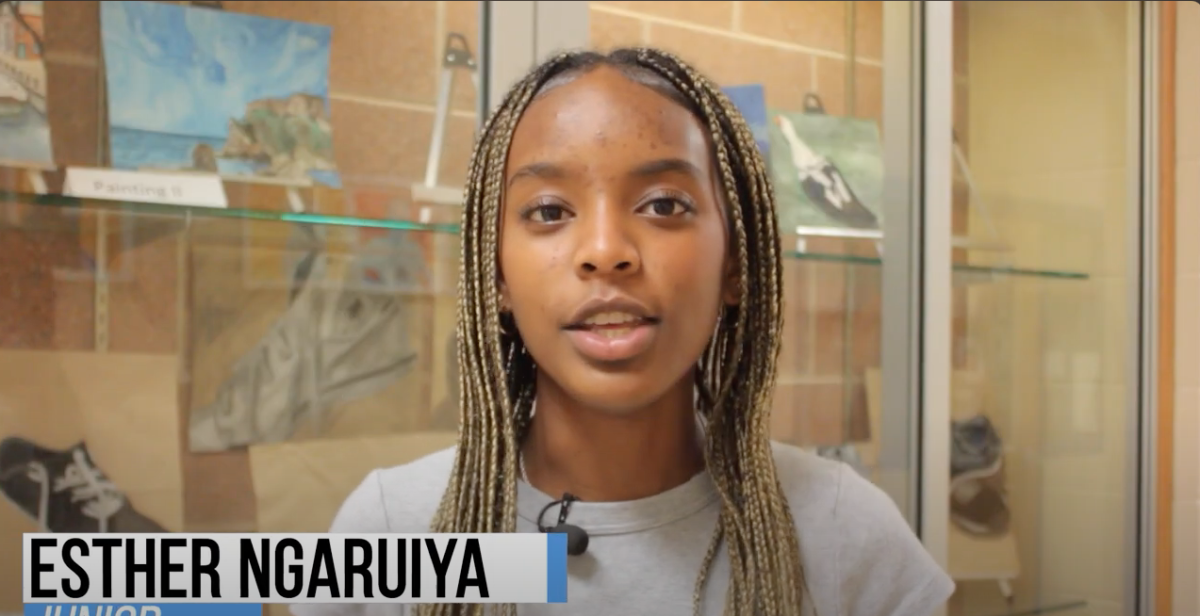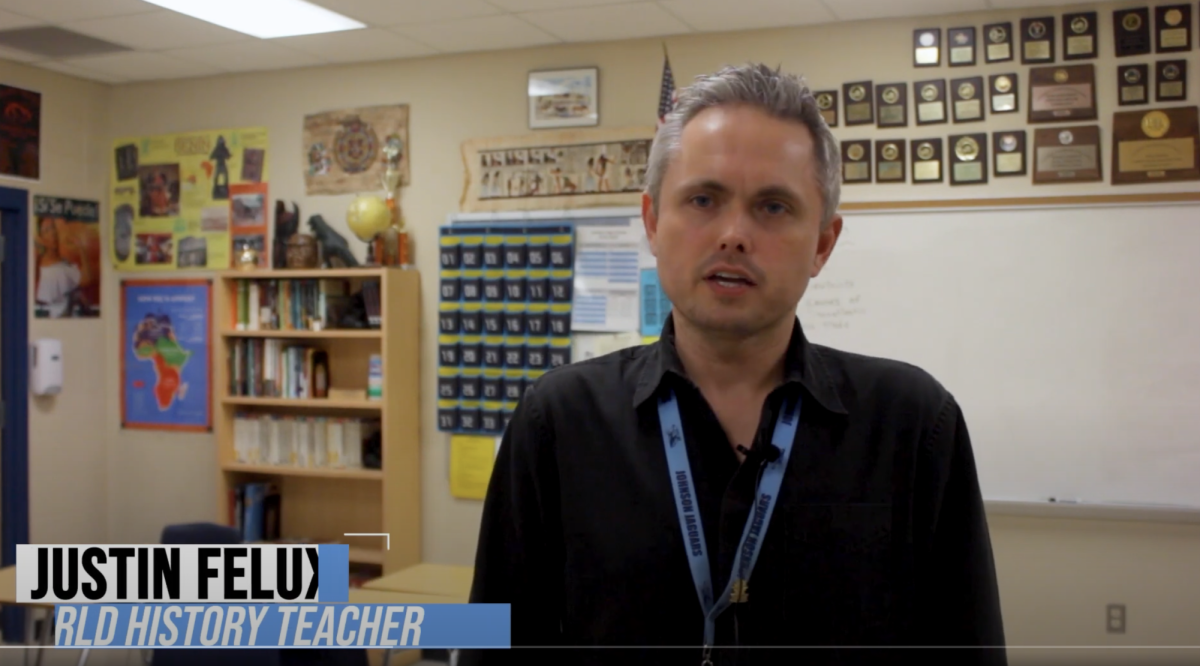by Sabrina Williams | Staff Writer
When students at Johnson high school heard the name Wilhelm this time last year, the first thing that came to their heads was the German teacher in the G-wing with that lovely smile. But now, it has come to mean more. Today, the name Wilhelm spurs the twisting of hearts, but at the same time sitting feelings of encouragement and compassion. In the spring of last year, Katy Wilhelm and her family, and the school Johnson, found out that her son Eli has Lymphoma, a type of blood cancer in which the white blood cells of the body manifest and grow abnormally. And eventually, it became too much.
“In April of 2012 he had to drop out of school and did 6 months of chemotherapy, which ended at the very end of September.” Wilhelm said.

Eli was a student at UTSA before starting the demanding medical care. Chemotherapy is a treatment that involves a drug that suppresses the rapid growth of cells in the body, a common property of cancerous cells. However, it targets all rapidly-reproducing cells, including hair follicle, bone marrow, and digestive tract cells. Before having to go through that, though, friends and family would describe him as a health nut
“He was very healthy,” His mother said. “Like a bodybuilder I would say.”
Johnson made sure to be there with him through the best and worst times. Towards the end of October, Student Council held a blood drive in his name. From that one drive, Eli got up to 20 blood transfusions. But it didn’t stop there. the whole surrounding area ended up participating.
“It spread to the whole community, and lots of other people joined in and came together for him,” Wilhelm said. “It was very encouraging and inspiring for him.”
After that, in the beginning of November, Eli had to do 5 weeks of radiation. Radiation therapy, commonly coinciding with chemotherapy to treat cancer, is a technique that sends waves of radiation to the site of the tumor to eliminate it. It suppresses cell growth and is commonly used in early stages of cancer.
“After the radiation, he moved back to his house on campus and tried to move on with his life,” Wilhelm said.
But it still wasn’t the end of it. A week after returning to school, Eli developed a cough. The family decided to ask the doctor about it, and if they should be concerned. But all that the doctors told them not to worry about, and that it was just a side effect of radiation, which basically destroys your body when trying to kill the cancer.
“But it didn’t go away, so he got it checked,” Eli’s mother said. “They gave him a PET-CT scan on December 21.”
A PET-CT scan is a relatively new imaging technique used widely for diagnosis. It is used in cancerous situations to show where the growth is, how severe, and how much it has spread. Regular CT scans are just an X-Ray imaging of the body, but PET-Scans include an injection into the patient of a chemical, which the scanner picks up on and recreates 3-D images of the inside of the body based on these readings.Conventional methods of imaging have an accuracy rate of 64%, while the PET scan has a rate of 88%. These types of scans are much more thorough, and easily detect cells that are reproducing at an unsafe rate. And just as easily, they discovered it in Eli.
“That’s when we found out the lymphoma had actually come back. Basically, our world shattered there for a bit,” Wilhelm said.
After receiving this devastating news, Eli had decided if they asked him to do radiation again, he wanted to know what the chances of him living are.When the time came, they told him there was only a 15% chance.
“We decided to not do it,” Wilhelm said “and just wait and pray for him.”
Since then, the whole family has been getting a lot of loving encouragement.
“He is part of a religious youth group at UTSA,” Wilhelm said. “and they gave him a lot of support while he was going through this.”
On top of that, Johnson ran a lengthy coin drive for him and his family, starting with art teacher Lisa Mittler, and spreading throughout the language hall.
“I was talking with Mrs.Mittler, and I thought it was a good idea.” Spanish teacher Juanita Castillo said. “and the kids are always so generous with this kind of thing, so we joined in.”
The students didn’t only give coins, though. All of them decided to write beautiful messages of encouragement to Eli, letting him know they were all there for him all the way.
“First, I gave the students a short profile of Eli, and all of what they were going through,” Castillo said, “and I told them it was for a good cause, and they all came out with flying colors.”
Jennifer Aranda, another spanish teacher across the hall, raised a total of $60 from all of her students, not including many gifts for the family.
“It was a good idea for not only us to help, but the students as well,” Aranda said.
Unfortunately, Eli Wilhelm lost his battle to T-Cell Lymphoma, early on the morning of February 1. A memorial service is to be held this Saturday at UTSA.








